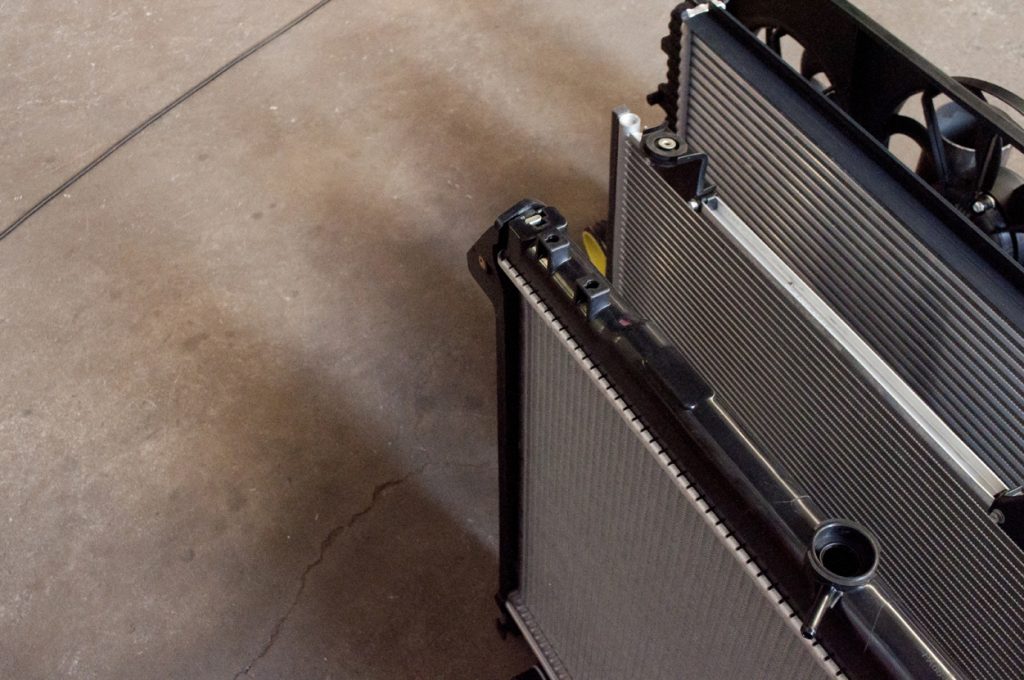It is common practice that when one fits a radiator to a vehicle, that if the radiator looks the same and it fits, it will work. In theory, to a point, this may sound plausible, but for those who understand the construction of radiators, they will tell you different. There are many factors as to which are the best and most correct option.
To start off this series of radiator information snippets, we at Grandmark International will try to help you in making the best decision for you in the long run. Sometimes, as we have all been in tight financial situations, the cheapest option sounds the best. This may be an option for the short term, but for the long term life of your vehicle, this may cost you dearly.
Vehicle manufacturers have radiators designed to fit their vehicles with a certain specification that will optimise the cooling performance of that particular vehicle. Some vehicles will have a radiator with a brazed core construction and another with a mechanical joint core construction. Let me explain in short how to identify a brazed core and how to identify a mechanical joint core.
Typically a brazed core is known as a flat tube radiator. That term says it all. The core is made of flat aluminium tubes with zig zag between the tubes. These zig zags are known as fins.
Typically a mechanical joint core is known as a round tube. Again, the term says it all. The core is made of round tubes that are surrounded by straight plates. These plates are called fins.
Besides the difference in appearance of the 2 core constructions, the main factor that sets the 2 constructions apart is the cooling ability. The cooling ability of a flat tube radiator is more superior to that of a round tube it is always advisable when replacing a radiator that the new radiator has the same construction as the old one. It is also an acceptable practice to replace a round tube radiator with a flat tube radiator, but NOT to replace a flat tube radiator with a round tube radiator. The cooling performance between the 2 core constructions varies between 15 and 20 percent in favour of the flat tube core.
So how will this affect the operation of your vehicle? Firstly you may find that your vehicle is running hotter than usual, although it may not be by much. Your electric fan, if one is fitted to your vehicle, will operate more often, causing higher wear and tear. In the case of a viscous clutch fan, you may not be so lucky; your vehicle may overheat in extreme conditions including heavy traffic.
Diesel engines and high performance engines are the most susceptible to these types of failures, but do not under estimate the smaller vehicles with less powerful engines.
In closing, one cheap radiator can cost you a few radiators at best. It can also damage the engine, causing you the owner serious costs and problems.
Remember, compare apples with apples. Replace a flat tube radiator with a flat tube radiator. Until next time, enjoy your motoring and be safe.
Grandmark International stocks both Plexus and Nissens radiators, so visit your local spares shop and find out which is best suited for your vehicle.
Grandmark and Road Safety https://t.co/rUqHqz1byO #ArriveAlive pic.twitter.com/gtd6UdmqnH
— Arrive Alive (@_ArriveAlive) January 31, 2017
Also View:
